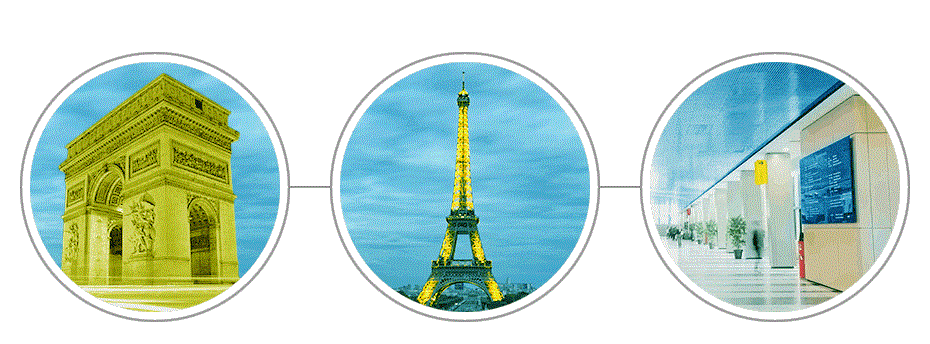Using a duopoly model with endogenous order of moves, this study provides a potential explanation for why firms might pay their employees higher wages than rival firms or the market-clearing rate: Setting higher wages can serve as a commitment device to obtain the preferred order of moves in subsequent price competition. This holds even if the wage increase does not enhance worker productivity or efficiency. Simultaneous wage setting admits no pure-strategy Nash equilibrium, as their best responses form a cycle wherein firms repeatedly overbid in wages. Sequential wage setting leads to wage dispersion even among homogeneous workers and firms: the wage-setting leader offers high wages such that the rival firm would not want to overbid in equilibrium. In contrast, in quantity competition, duopolists have no such incentives because a firm that pays a wage higher than the competitor will be unsuccessful in obtaining first-mover advantages in subsequent quantity competition.



